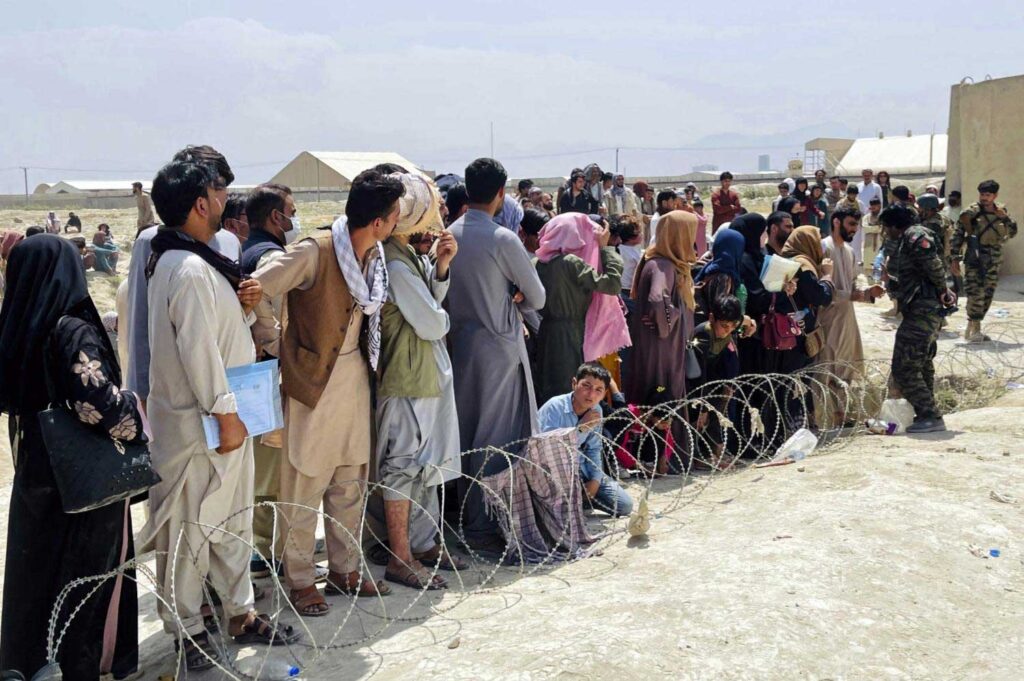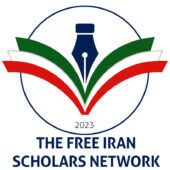By Jila Andalib, IT Specialist & Iran Political and Human Rights Analyst
Published in Hartford Courant (7/28/2025)

While global headlines fixate on Iran’s nuclear program or its regional power plays, another crisis rages just beneath the surface, the systematic oppression of Afghan refugees and ethnic minorities within Iran. In recent months alone, more than one million Afghans have been forcibly deported according to Associate Press Report on July 15, 2025. Millions more remain in limbo, undocumented, exploited, and living under constant threat. Their treatment is not an administrative oversight. It is a strategy of dehumanization. Alongside them, Iran’s own ethnic minorities, especially the Baluch, suffer institutionalized violence and neglect, abuses that did not begin with the Islamic Republic but were rooted in the era of the Shah.
Afghan refugees in Iran have long been scapegoated by the regime. Those who fled war and poverty now face a state that treats them as invaders. They are denied access to schools, healthcare, and dignified housing. Many are corralled into camps without food, water, or sanitation—conditions so inhumane that they have prompted warnings from international organizations. Yet the Iranian regime responds with callous indifference, often justifying its actions under the guise of “national security.” Entire families are harassed at checkpoints, dragged from buses, and expelled without due process. As the National Council of Resistance of Iran (NCRI) and Afghanistan International have documented, cities like Mashhad and Kerman have become epicenters of public shaming and violence against Afghan workers and their families. These are not isolated incidents, hey reflect a deliberate state policy. This policy has been established by the regime to cover up its total failure in the 12-day war by intensifying repression across the country, particularly targeting members of the main opposition group, the NCRI, as well as ethnic minorities and Afghan refugees.
Perhaps the most devastating consequence is the fate of Afghan children born inside Iran. Under Iranian nationality law, they are denied birth certificates unless the father is an Iranian citizen. These children, hundreds of thousands, are rendered stateless. They cannot attend school, access medical care, or even obtain legal identification. They are invisible in the eyes of the law, and therefore vulnerable to trafficking, forced labor, and abuse. This isn’t just neglect, it’s a quiet form of erasure.
Yet while Afghan refugees face deportation, Iran’s own ethnic minorities endure persecution on their ancestral land. Among them, the Baluch people of Sistan and Baluchestan face one of the most brutal forms of internal repression. As Sunni Muslims in a Shia theocracy, and as non-Persian speakers in a state obsessed with homogenization, they are doubly marginalized. Their schools are underfunded, their villages lack clinics and paved roads, and many residents do not even possess birth certificates. In 2022, regime forces gunned down over 90 unarmed worshippers during Friday prayers in Zahedan. The massacre, known now as “Bloody Friday,” was a chilling demonstration of the regime’s view that Baluch lives are expendable.
This is not just the Islamic Republic’s doing. The origins of this national culture of exclusion stretch back to the monarchy. Under the Pahlavi dynasty, Iran pursued a policy of forced assimilation. Ethnic and linguistic diversity was treated as a threat to state power. Minority languages were banned in schools, tribal leaders were silenced, and communities were pressured to abandon their heritage and conform to a rigid Persian identity. The Shah’s regime did not face the Afghan refugee crisis we see today, but his government laid the ideological groundwork for exclusion, erasure, and domination. The idea that there is only one legitimate identity in Iran—Persian, Shia, and loyal to the central government, was crystallized during his rule. That toxic ideology did not disappear after 1979. It mutated under the mullahs, but its roots are unmistakably royal.
What’s worse, this legacy is now being revived. Reza Pahlavi, the son of the deposed Shah and self-styled leader of a future “democratic Iran,” has never acknowledged or condemned his father’s policies of ethnic repression. Instead, he leads a movement that, in many corners, glorifies a Persian-only vision of the nation. Online spaces tied to monarchist supporters are filled with xenophobic rhetoric, historical revisionism, and hatred toward ethnic minorities and Afghan refugees. They dismiss the Baluch, Kurds, Arabs, and others as separatists or traitors. Reza Pahlavi’s silence in the face of this rhetoric is not just an oversight, it is an endorsement by omission. His failure to repudiate this culture shows that Persian ethno-nationalism still festers within the political class that claims to offer an alternative.
Across Iran, communities that do not fit the regime’s mold are treated as internal enemies. In Ahwaz, Arab Iranians live without clean water while oil extracted from their land enriches the regime. In Kurdistan, political dissent is met with execution. In Sistan and Baluchestan, people live without roads, hospitals, or representation. This is not incompetence. It is apartheid by another name. Citizenship is conditional. Rights are selective. And identity itself is weaponized.
As Western governments re-engage Tehran in talks and deals, they must ask: What legitimacy does a government have that treats millions as disposable? Iran is not just a geopolitical dilemma. It is a human rights catastrophe. Afghan refugees are not intruders. The Baluch are not insurgents. They are human beings living under a regime, and a political culture, that views their erasure as the price of power.
There can be no free Iran without justice for its oppressed. A democratic future must begin with full recognition of all its peoples, Afghan children, Baluch villagers, Kurdish students, and Arab workers alike. If democracy is not for all, it is for none.
